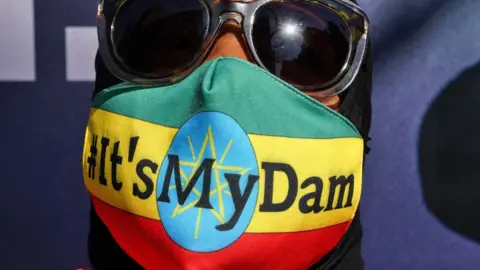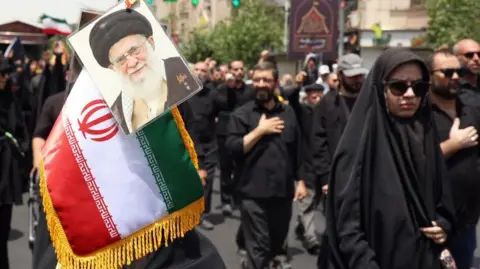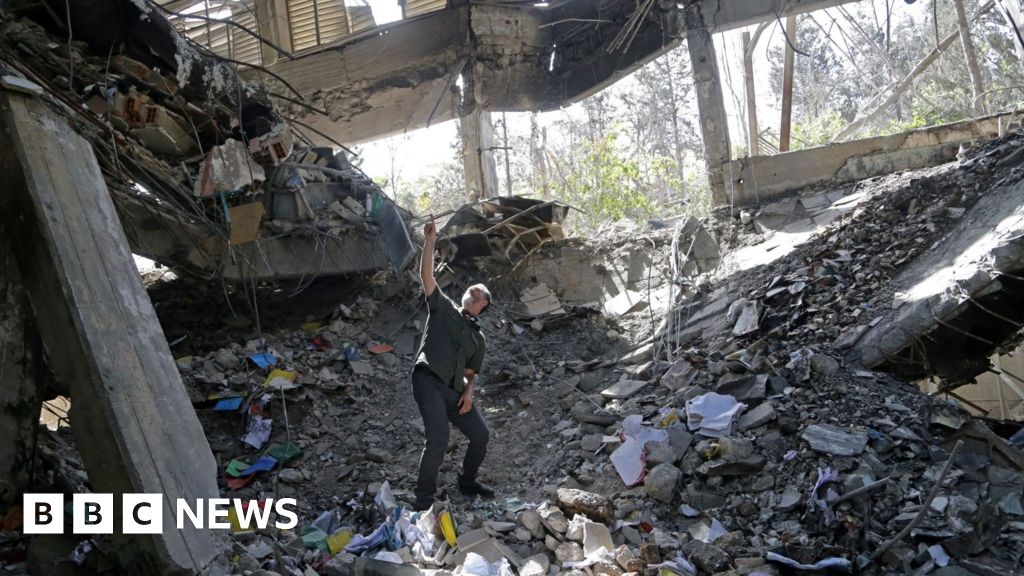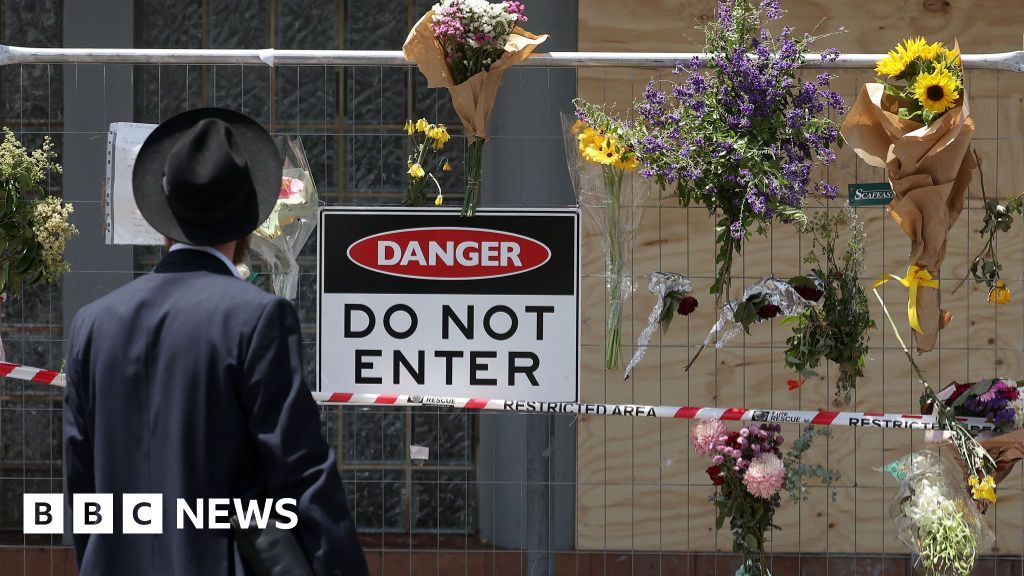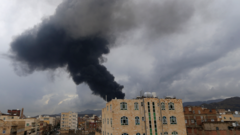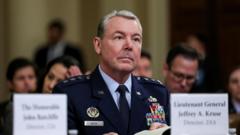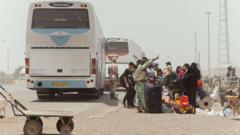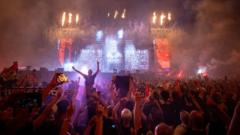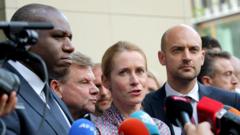In a dramatic display of nationalism, Iran's governing body is transforming the grief and anger stemming from recent conflicts into a rallying cry for unity and patriotism. After suffering considerable setbacks in a 12-day war with Israel, with collateral damage involving civilian casualties and military degradation, the Iranian leadership is pressing an agenda that repurposes traditional culture for contemporary political gain.
During a recent Ashura mourning ceremony, Ayatollah Ali Khamenei, Iran’s supreme leader, took the unconventional step of endorsing a patriotic song, "Ey Iran," which signifies a departure from typical religious observance. This song, resonating with deep national pride, was sung by the gathered populace, illustrating the leaders’ strategy to seize the moment and strengthen their position among a disenchanted citizenry.
Amidst ongoing economic challenges and an erosion of public trust, the Iranian government is adopting a uniquely nationalistic narrative. They are tapping into historical folklore and historical emblematic references that were previously the bastion of secular Iranian nationalists, who often found themselves at odds with the conservative regime. By integrating these elements into their rhetoric, the government’s objective is to evoke a sense of shared identity and purpose among Iranians, responding to the collective trauma of conflict with a renewed focus on patriotism and resilience.
The Iranian leadership's pivot towards nationalism reflects both a recognition of shifting public sentiment and a calculated move to stifle dissent. By invoking symbols of national pride, they hope to inspire a unified front against external threats, while simultaneously redirecting frustration toward a common narrative of strength and solidarity. This strategic embrace of national identity offers a compelling glimpse into the dynamics of power and culture in Iran's sociopolitical landscape, as the government strives to reinforce its authority in a period of substantial turmoil.




